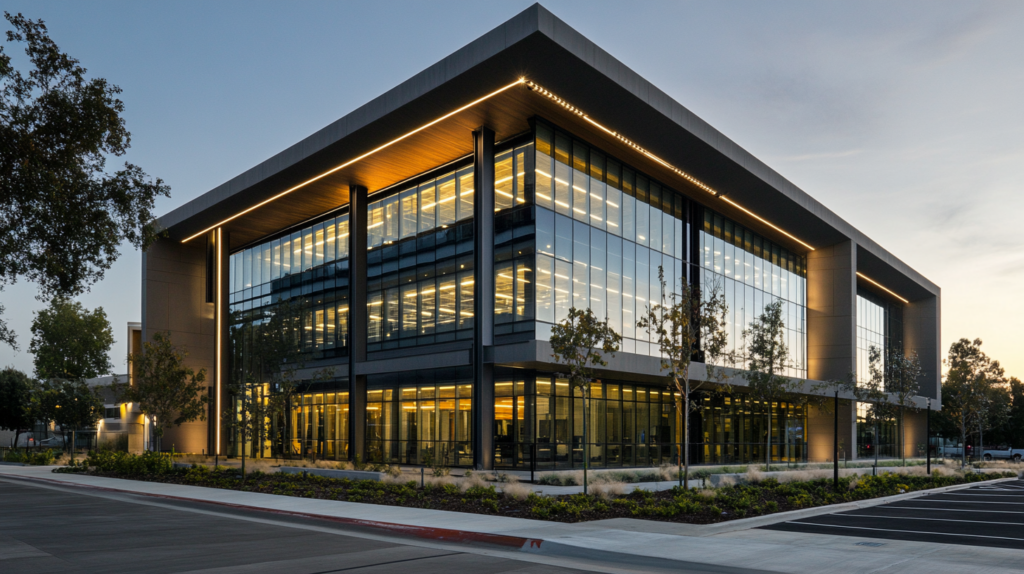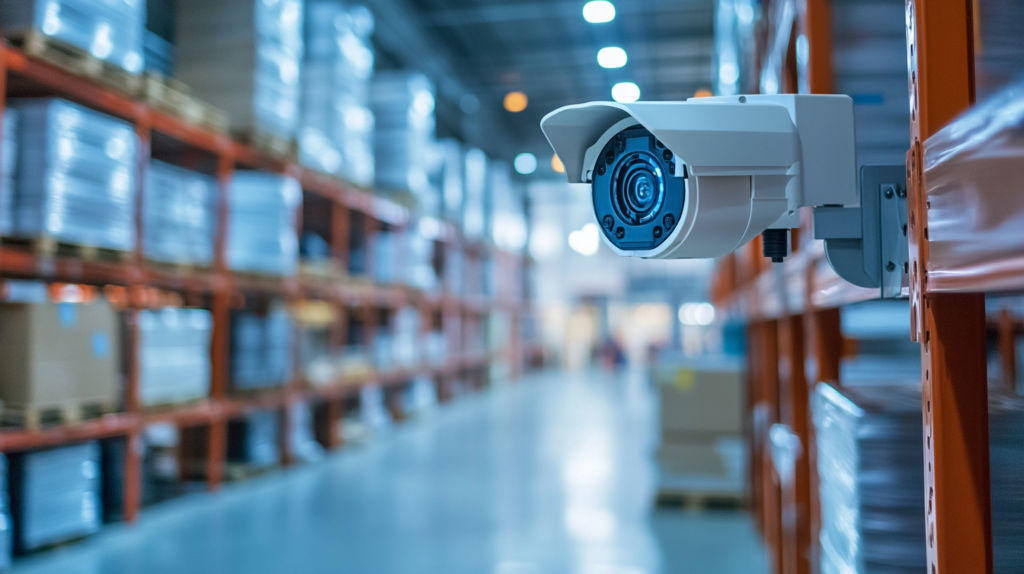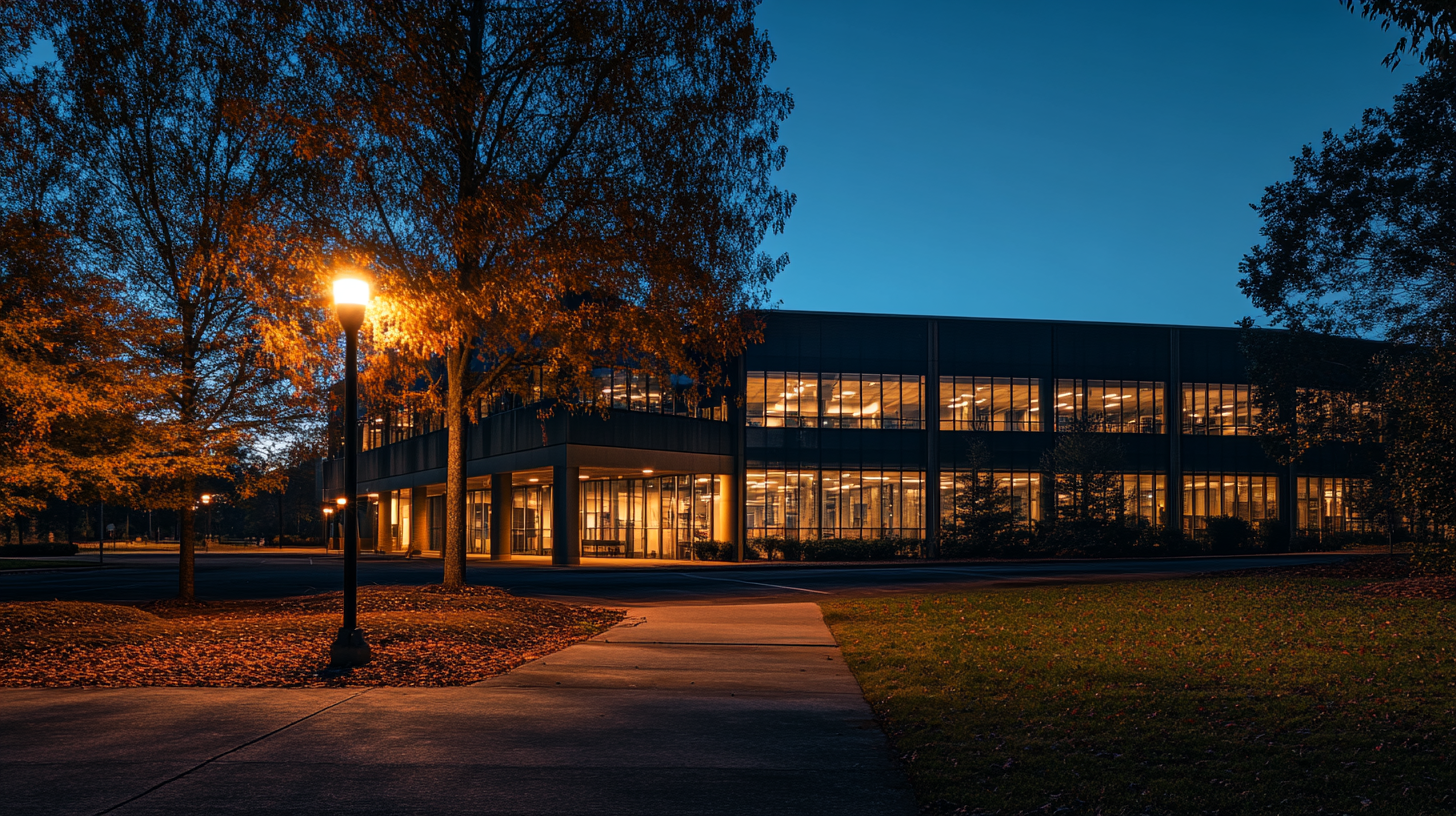In this article, we will explore some of the most common security vulnerabilities found in commercial buildings and provide practical solutions to address them. By equipping yourself with this knowledge, you can take proactive measures to safeguard your premises against potential threats and create a secure environment that fosters trust and productivity.
Understanding Commercial Security Systems
Before diving into specific vulnerabilities, it’s important to have a basic understanding of commercial security systems. These systems generally include components like access control, surveillance cameras, alarm systems, and security personnel. Each of these elements plays a vital role in safeguarding the premises. Together, they form a comprehensive defense strategy that can deter unauthorized access and quickly respond to potential security breaches.
The Role of Access Control
Access control systems are designed to restrict unauthorized entry into specific areas of a building. They can range from simple lock-and-key setups to advanced biometric systems. Regardless of the type, their main goal is to ensure that only authorized personnel can access sensitive areas. These systems not only protect against external threats but also help manage internal risks by controlling employee access to various parts of the building.
Effective access control goes beyond just the technology; it requires regular updates to access permissions and a clear understanding of who should have access to what areas. As businesses grow and evolve, it’s essential to periodically reassess access control policies to ensure they align with current operational needs and security requirements.
Surveillance Cameras and Their Importance
Surveillance cameras are essential for monitoring activities within and around the building. They act as a deterrent to potential intruders and provide crucial evidence in the event of an incident. The presence of cameras can significantly reduce the likelihood of a security breach, as they increase the perceived risk of detection for would-be intruders.
In addition to deterrence, surveillance footage is invaluable for post-incident analysis. It can help identify perpetrators, understand how a breach occurred, and provide insights into areas where security measures might be improved. Modern surveillance systems often come with features like remote viewing and motion detection, enhancing their effectiveness and providing greater peace of mind.

Common Security Vulnerabilities
Now, let’s look at some common security vulnerabilities in commercial buildings. Identifying these vulnerabilities is the first step toward implementing effective security measures that can mitigate risks and protect your business.
1. Poorly Managed Access Control
One of the most prevalent vulnerabilities is poorly managed access control. This can occur when keys or access cards are lost, stolen, or duplicated without authorization. Outdated systems that lack proper logging and monitoring also pose risks. Such vulnerabilities can lead to unauthorized access, posing significant threats to sensitive areas within the building.
Solution: Implement Regular Audits
Conduct regular audits of access control systems to ensure that all keys and access cards are accounted for. Consider upgrading to systems that offer better tracking and reporting capabilities. Regular audits help identify potential security gaps, such as inactive access cards that have not been deactivated, and ensure that access permissions remain appropriate for current personnel roles.
Incorporating technologies like biometric access systems or multi-factor authentication can further enhance security by adding layers of protection. These advanced systems make it more difficult for unauthorized individuals to gain access, thereby reducing the risk of security breaches.
2. Insufficient Surveillance Coverage
Having surveillance cameras is not enough if they do not cover all critical areas. Blind spots can be exploited by intruders to gain unauthorized access or commit other malicious acts. Without comprehensive coverage, surveillance systems may fail to capture crucial events, leaving the building vulnerable to threats.
Solution: Optimize Camera Placement
Evaluate the placement of your cameras and ensure they cover all high-risk areas such as entrances, exits, and parking lots. Consider hiring a professional security consultant to assess and optimize your camera coverage. An expert can provide insights into potential blind spots and suggest strategic camera placements that maximize coverage and effectiveness.
Additionally, modern surveillance systems offer features such as facial recognition and night vision, which can enhance security in various lighting conditions. Investing in these technologies can provide an added layer of protection and help ensure your surveillance system is as effective as possible.
3. Outdated Alarm Systems
Alarm systems that are not regularly maintained or upgraded can become ineffective over time. This can lead to false alarms or, worse, failure to detect a real security breach. An outdated system may not integrate well with newer security technologies, limiting its effectiveness and responsiveness.
Solution: Regular Maintenance and Upgrades
Schedule regular maintenance for your alarm systems and stay informed about technological advancements. Upgrading to a modern system can provide additional features such as remote monitoring and integration with other security components. Regular maintenance ensures that all components of the alarm system function correctly and reduces the likelihood of false alarms.
Furthermore, modern alarm systems often come with features like smartphone alerts and automatic notifications to security personnel, providing real-time responses to potential threats. These advancements can significantly enhance the overall security posture of your commercial building.
4. Lack of Employee Training
Employees who are unaware of security protocols can inadvertently compromise the safety of the building. Whether it’s propping open doors for convenience or failing to report suspicious activities, human error is a significant vulnerability. Proper training is essential to ensure that all employees understand their role in maintaining security.
Solution: Conduct Security Training Sessions
Regularly train employees on security protocols and emergency procedures. Encourage them to report any suspicious activities and ensure they understand the importance of following security measures. Training should be an ongoing process, with updates provided as new security threats and technologies emerge.
Creating a culture of security awareness can empower employees to take an active role in protecting the workplace. Encouraging open communication and feedback can also help identify potential security issues before they become significant problems.
5. Inadequate Lighting
Poor lighting, especially around the exterior of a building, can provide cover for intruders. Dark areas around entrances, walkways, and parking lots can increase the risk of unauthorized access. Ensuring adequate lighting is a simple yet effective way to deter potential intruders.
Solution: Improve Lighting
Ensure that all outdoor areas are well-lit. Consider installing motion-activated lights to conserve energy while maintaining security. Regularly inspect lighting fixtures to ensure they are in good working order. Effective lighting can enhance visibility and reduce the likelihood of criminal activity around your premises.
In addition to improving security, well-lit areas can also enhance the safety and comfort of employees and visitors, creating a more welcoming environment. Investing in energy-efficient lighting solutions can provide long-term cost savings while maintaining robust security.

Advanced Solutions for Business Security
Beyond addressing common vulnerabilities, there are advanced solutions that can further enhance the security of commercial buildings. These solutions leverage the latest technologies and strategies to provide comprehensive protection against a wide range of threats.
Implementing Smart Technology
Smart technology, such as IoT devices, can enhance security by providing real-time data and remote access capabilities. For example, smart locks and surveillance systems can be monitored and controlled via smartphones or computers. These technologies offer greater flexibility and responsiveness, allowing security personnel to address potential issues quickly.
Incorporating smart technology into your security strategy can also enable more efficient resource management. Automated systems can handle routine tasks, freeing up security personnel to focus on more complex issues that require human intervention.
Integrating Security Systems
Integrating different security systems can provide a more comprehensive approach to building security. For instance, linking access control with surveillance and alarm systems allows for automatic responses to potential threats, such as locking down certain areas when an alarm is triggered. This integration ensures that all components of the security system work together seamlessly, enhancing overall effectiveness.
By creating a unified security infrastructure, businesses can improve their ability to detect and respond to threats in real-time. This approach not only enhances security but also simplifies management and reduces the likelihood of human error.
Hiring Professional Security Services
Sometimes, the best course of action is to hire professional security services. Security companies can provide trained personnel to monitor your building and respond to incidents as they occur. They can also offer valuable insights and recommendations based on their expertise. Professional security services can be tailored to meet the specific needs of your business, providing a customized approach to security.
Hiring professionals can also provide peace of mind, knowing that experienced personnel are on hand to address any security challenges that may arise. These services can be especially valuable for businesses with complex security needs or those located in high-risk areas.
Conclusion
Securing a commercial building requires a proactive approach to identifying and addressing vulnerabilities. By understanding common security issues and implementing effective solutions, you can create a safer environment for your employees and assets. A comprehensive security strategy not only protects against current threats but also prepares your business for future challenges.
Remember, the key to effective business security is regular assessment and adaptation to new challenges. Stay informed about the latest security technologies and practices to keep your commercial building secure. By continuously evaluating and updating your security measures, you can ensure that your business remains protected in an ever-evolving landscape.
Contact Matson Alarm of Tennessee for Expert Security Solutions
If you’re ready to enhance the security of your commercial building and address potential vulnerabilities, don’t hesitate to reach out to Matson Alarm of Tennessee. Our team of experts is dedicated to providing tailored security solutions that meet your specific needs.
Contact us today to schedule a consultation and take the first step towards a safer, more secure environment for your business. Protect your assets and ensure peace of mind with our comprehensive security services!



